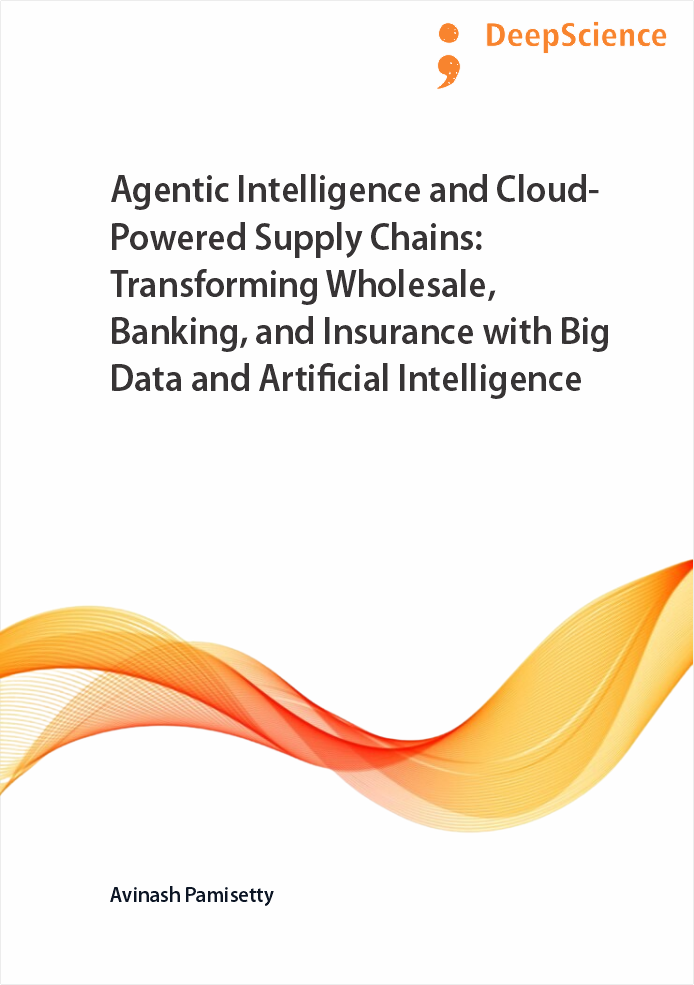Connecting enterprise systems through unified data layers, APIs, and intelligent agent-based platforms
Synopsis
Due to the widespread proliferation of knowledge and data circulated on the Internet, quite a few devices are equipped with sensors, which generate data from a number of sources, including but not limited to social networks, cellular networks, geocode satellites, WiFi location identifiers, hardware diagnostics, vehicle movement records, device internet addresses, and intelligent building systems. This voluminous data is often referred to as Big Data, implying they carry a great potential, motivational value, and knowledge capacity indispensable for our upcoming generations. High value is hidden in this data, thus extracting such knowledge is essential for data-driven development, enhancement, automated and intelligent activities. However, classic tools and strategies for data gathering, processing, and distribution are proven to be inefficient, as the built frameworks cannot handle incoming data in real-time or provide useful responses relevant to the data. Hence, the notion of systems is built to obtain intelligent agents that automatically search, gather, reason, analyze, interpret, and filter the needed data. The ultimate goal of this work is to integrate big data and deploy pools of intelligent agents in a cloud-based environment. Tools capable of acquiring real-time data from any number of diverse, heterogeneous, and autonomous sources are essential.
The challenges are simplified with some constraints: First, the objective of the system is to provide the data- and task-oriented workflow for collecting and integrating data from a wide range of diverse services. Secondly, the user is separated from the actual data providers by the abstract type system and agents that operate on it. The presented system is based on a loosely-coupled modular agent-based structure. The main reason for employing this approach is clear separation of concerns. The system has to support both artful statistics and basic data properties. Furthermore, there is no constraint on the produced results, so the intelligence cannot be inferred and is kept in a hidden manner. Such topics as user generic queries, resulting from the exploration process, as well as ignorance-based interactions model, cannot be expressed explicitly in a single SQL-like query. As a consequence, the basic functional specifications for agents managing the input data stream, and user-interacting agents being less autarchic, are quite similar. On the other hand, much of the intelligence needed to provide the required usability and access transparency has to be put into the agents and their cooperation.












